Recently Phase One finally announced the “final solution” for a cable release for the XF camera. Not what I had hoped for but this is it as shown in the photo below.
Back in the June 2015 time frame, Phase One announced their new XF camera body, which replaced the aging DF/DF+ bodies. The only difference in the DF and DF+ was improved AF performance. But as all who follow Phase One know, the XF, was a big announcement and a all new camera body. The features of the XF are endless and since the announcement, Phase One has continued to add more features via firmware updates. But one little issue was either overlooked or just not important enough and that was the remote release.
In the past, the DF/DF+ and for that matter all previous modern camera bodies made by Mamiya all took a standard 8 pin coiled cable release. This was a basic simple design, that allowed the remote shutter button to fire once or lock down. Period. But it worked and was pretty darn hardy. I have dropped mine in the water several times, and once the pin outs were dry, it worked fine. Phase at the announcement of the XF did not make any statements about a remote, only that the camera could be fired remote via Capture Pilot/iPhone etc. But there are times that you don’t either want to carry the additional gear or just don’t want to mess with the wifi issues so a basic cable release is a nice feature. I have also heard from plenty of studio shooters who also prefer having a true cabled remote release.
Briefly during early 2016, Phase One did release some of the older Mamiya 8 pin cable releases, modified with the 12 pin connection. These were from what I have been told only made in limited numbers since Phase One had something else in mind for a cable release. My thoughts went to a modern intervalometer, so something with a digital readout like all modern cable releases, but instead Phase One came out with the Bob. See in the above picture the basic Bob. Note also the cost is $399.00 U.S. Yes, I said $399.00.
The basic Bob, is just what you see in the picture. Note that it has two addition ports towards the bottom. These can accept a older style cable release (Mamiya 8 pin) and the new and still not released XF external power supply. In the picture below you can see all of this put together.
Now you can see where all this was heading. Which is great for power users. There is no information on the XF Power supply that I can find, i.e. NiMh or Lithium battery. Hopefully the later. But you can now see the why Phase One put 12 pins on the XF for the remote connection, so that the power can be transmitted via the 4 additional pins. There is also no information as to if the IQ100, or IQ350, or IQ380 all of which have the Phase One Power Share feature, can also be powered when the XF Power supply is attached. This would be a nice feature.
So I guess when all is said and done, more than likely you will be out around 700.00 for the whole solution. Only you can state if this is all worth it.
Photographer’s Notes:
I am disappointed that this all that Phase One will now offer. And I would have much rather had the offering to just purchase the old style Mamiya DF cable release modified to the 12 pin layout. These were briefly available in the US, but not by my dealer and I waited too long to purchase this cable release as I was under the impression that “more were coming soon”. Live and learn, when you see it if you need it buy the damn thing. I find it very surprising still that nothing was available when the XF was announced. But even worse Phase One knew that they were not going to make many of the modified Mamiya remotes, (8 pin to 12 pin) and should have allowed those of us who know that they would have gained considerable use from this order one while the limited supply was out there.
This is overkill for a photographer working the field, outdoors as look at the total number of cables that will be hanging around if you use the XF power supply. And if you don’t you still have a lot of non weather sealed connections on the Bob as it appears that all three ports are just standard pin outs.
There may be some great new yet to be announced feature still coming, but it still can’t justify the $399.00 cost for this type of solution, when the basic Mamiya 12pin Phase One solution was $139.00.
In my work, I would still prefer to have a cable release, but one with the button style that the older Mamiya release had as it will be a lot easier to hold in the hand.
If there is any good news from this, at least you can add the old style remote to the Bob on the right side as the Bob also seems to have a shorter straight cable instead of the coiled one. But you are still out the $399.00 or so and there is still no date as to when any of this equipment will start to ship.
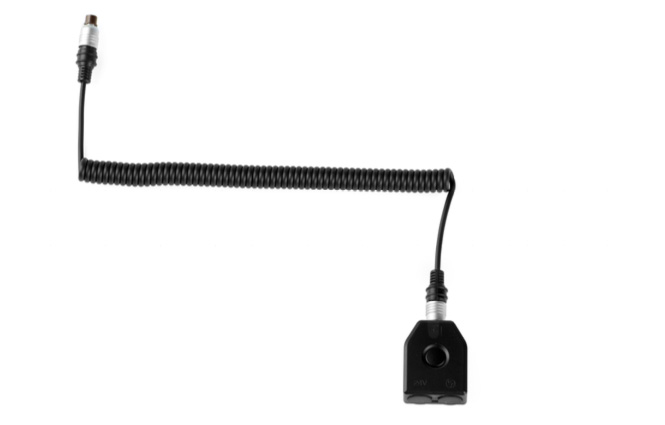
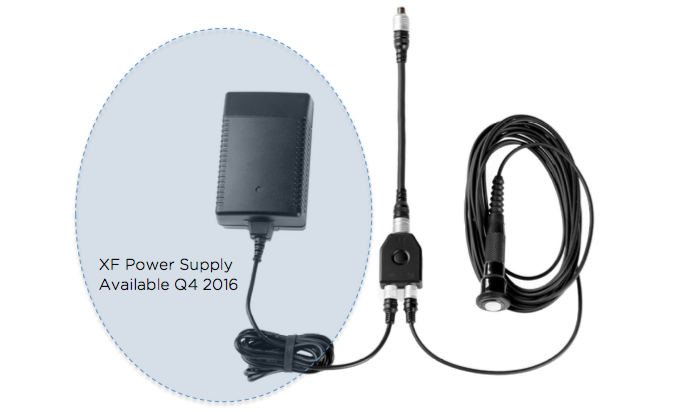
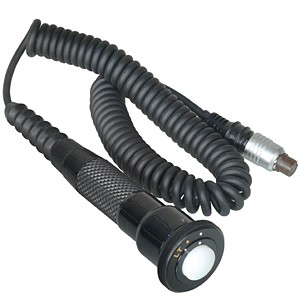
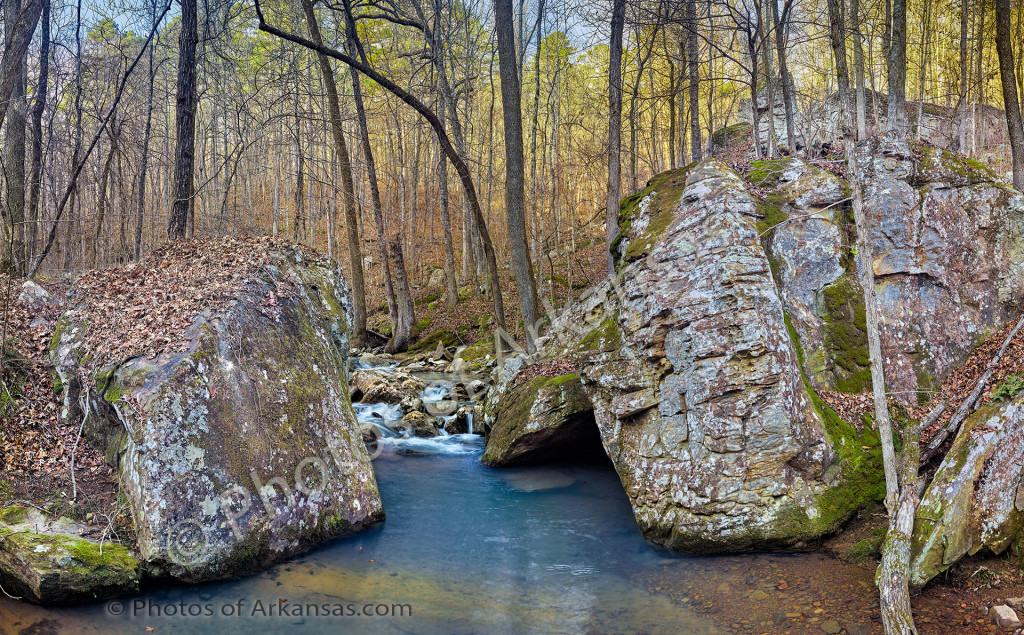
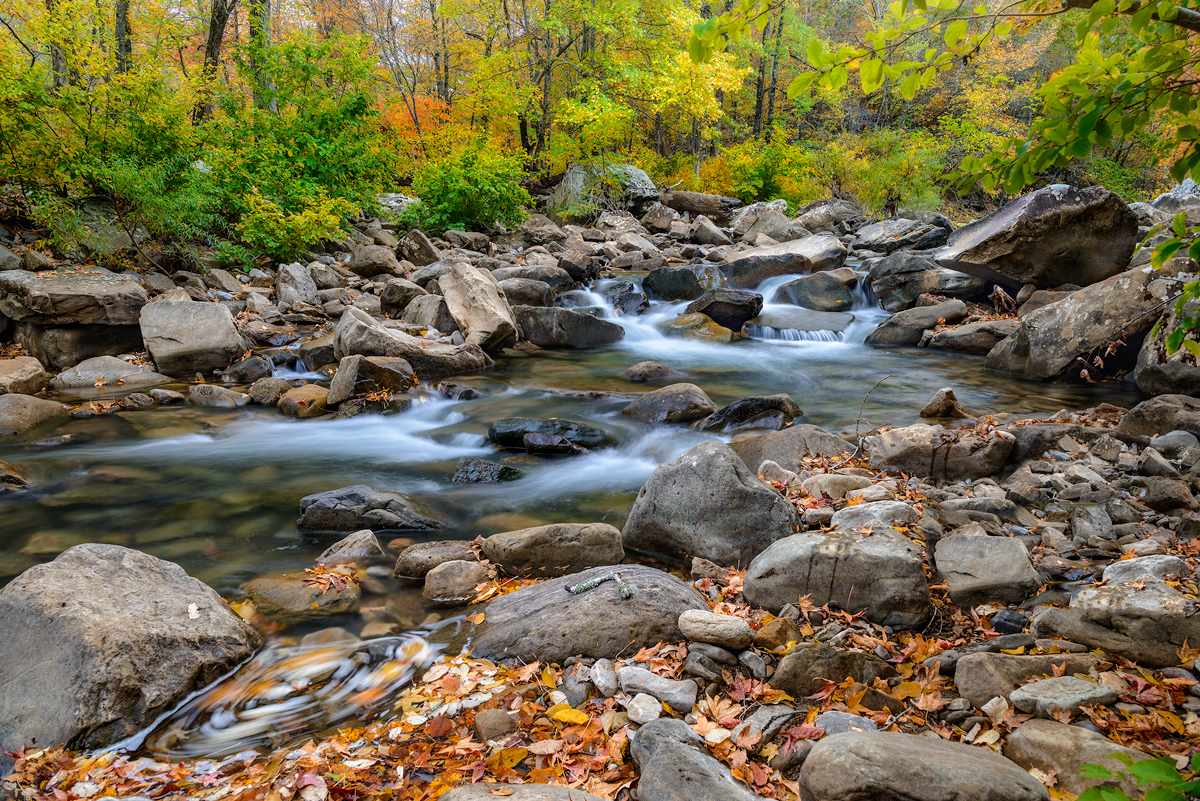
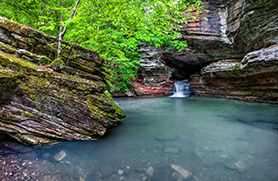
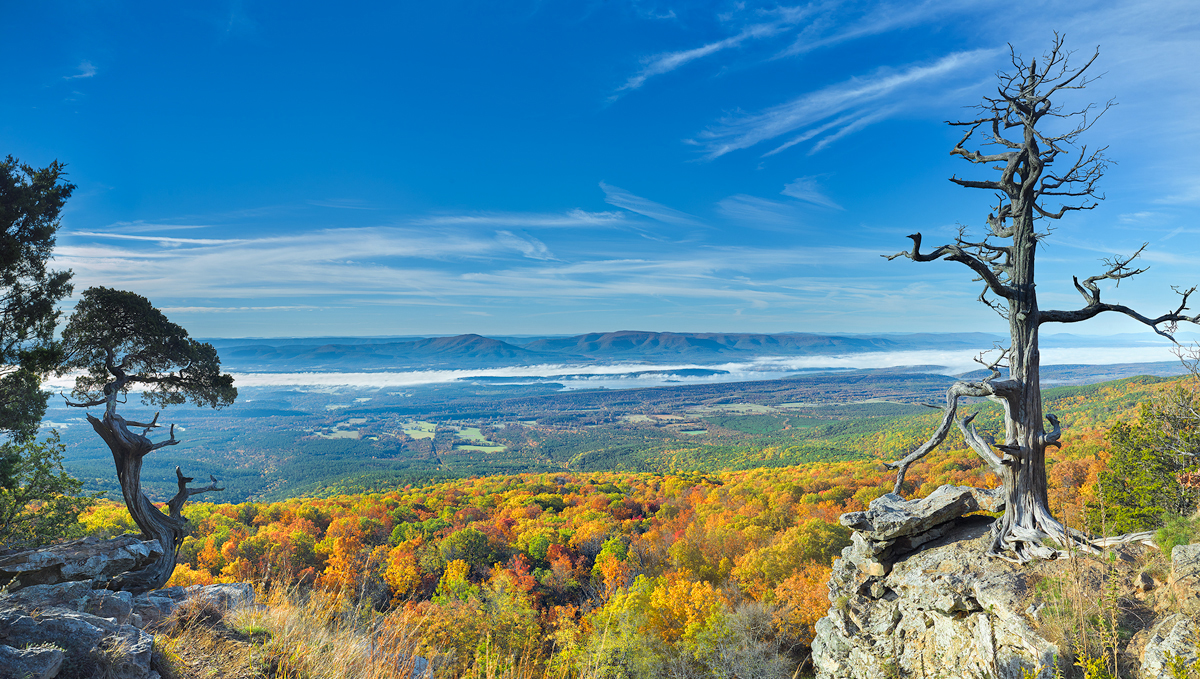
Recent Comments